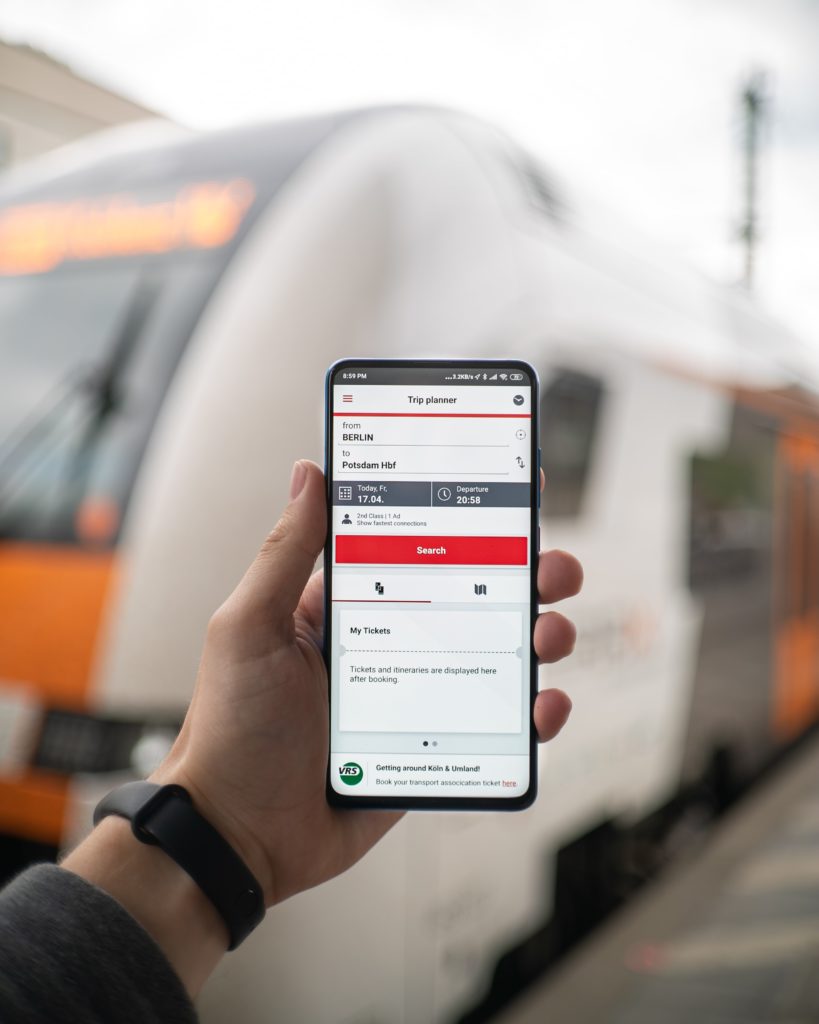The future of transport payments. Could carrier billing be just the ticket?
21 August 2020
More than half the global population are currently living in urban areas, with this figure expected to increase to over 86% by 2050.
Urbanisation has had an obvious impact on the demand for transportation, and as we move forward with new technology and increased smartphone penetration worldwide, carrier billing as a solution for on-the-go transport payments could really be going somewhere.
Mobile Ticketing
According to Juniper Research mobile ticketing has become consumers’ preferred channel in entertainment events ticketing and metro/bus ticketing, with mobile ticketing users worldwide expected to increase from 1.1 billion in 2019 to 1.9 billion by 2023. The main drivers include increased use of smartphones in developing areas, as well as demand for convenient services.
Not only is going paperless with mobile-only ticketing seen as a more environmentally friendly and sustainable option, new fears stemming from Covid-19 could also be enough to make mobile payments desirable to those who otherwise didn’t see the appeal.
Going Contactless
By 2023 the number of contactless ticketing users is set to reach 468 million globally, this means 1 in 4 digital tickets will be contactless.
It is estimated that contactless ticketing will continue to play a limited role in event ticketing (6.5%) and wearable ticketing will also remain a niche payment method (5%). However it’s forecasted that metro/bus ticketing will account for 86% of all contactless ticketing by 2023.
Contactless payments for transport offer a clear solution for customers who are more conscious about what they touch during the ongoing pandemic. Long term there may also be dramatic shifts in future mobility, with autonomous driving offering a solution to transport needs in a world where social distancing is the new normal.
Mobility-as-a-Service
The future of urban mobility is seen in MaaS (Mobility-as-a-Service), where various forms of transport services will integrate into a single mobility service. A flexible, on demand solution which lets passengers plan and book door-to-door trips using a single app and payment channel. Journeys could become a more integrated, streamlined experience, removing the need to purchase multiple tickets, through different payment methods, for various vehicles (e.g. bus, taxi, rail).
MaaS offers much-improved ways to travel, with less road congestion and reduced travel times and is expected to reach $9.2 trillion in market capitalisation by 2030. Cities envisioning MaaS as a solution to improving citizens’ lifestyles must invest in mobile ticketing as it has become a primary driver.
Revenue from MaaS is estimated to exceed $52 billion by 2027, up from $405 million in 2020. Dramatic growth and the true potential of MaaS is expected to be realised from 2021, with significant reductions in transport usage in 2020 due to the Covid-19 pandemic.
Benefits of Mobile Ticketing in Transport
-
Customer satisfaction
Reduced queuing and waiting times with the ability to purchase tickets on your mobile anytime, anywhere increases customer satisfaction. Forward route planning and live travel updates leading to reduced journey times are also a plus, as is solving the problem of misplaced or damaged tickets.
-
Ease of access
Mobile ticketing’s biggest strength is in the simplicity of a seamless user journey. Many smartphone users have payment cards and tickets held in a single location, tied to apps and mobile wallets, and there is no need for printing – the passenger simply needs their phone.
-
Incentives
Whether it’s priority queuing or more elaborate campaigns involving app credit and rewards, companies can offer a range of exclusive benefits to passengers when they have the ticket on their phone. Ticketing on mobile may also allow integration with smartphone apps, which can provide extra opportunities to increase revenues.
-
Flexibility
Account based ticketing (ABT) also offers travellers choice in the media they use to pay with e.g. smartphone, wearable, smartcard or a combination, for a more personalised experience.
-
New insights
Companies can benefit from lots of new data and insights on operational efficiencies, helping them recognise where service improvements can be made.
Carrier Billing Opportunities
Transport services investing in mobile ticketing must adapt to current user demand and preferences, taking into account time, convenience and cost as well as payment preferences.
Facilitating a fast and frictionless mobile payment experience through carrier billing could offer the necessary pay-as-you go solution, as we move towards a future of more fluid, user-centred mobility. Talk to SLA Digital today to find out more about our simple and convenient carrier billing solutions.



